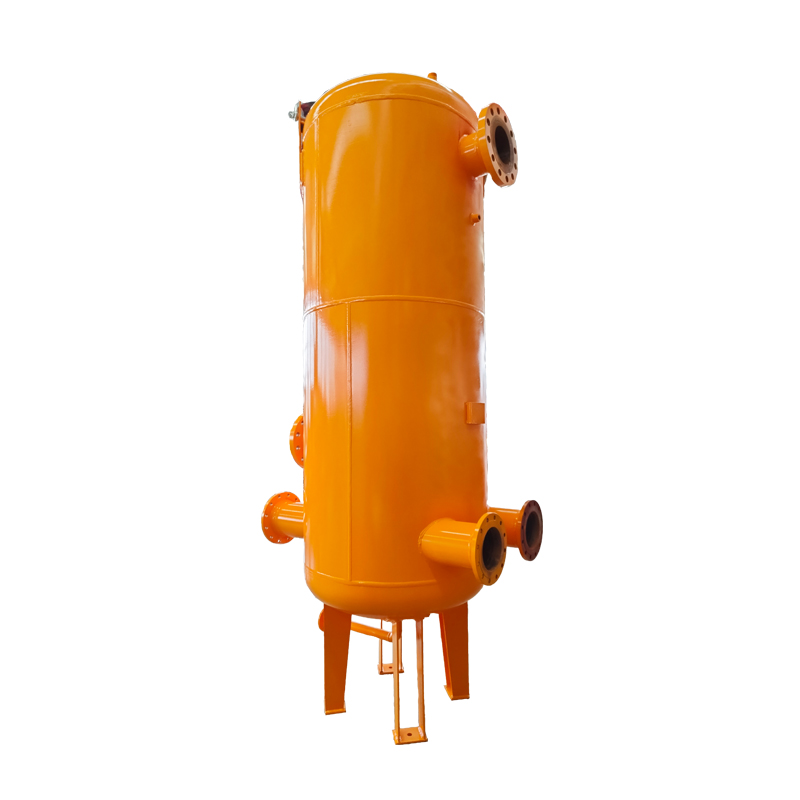
8 月 . 17, 2024 23:44
Back to list
Understanding Gas Pressure Control Systems for Safe and Efficient Operations
Understanding Gas Regulators Key Components for Safety and Efficiency
Gas regulators are essential devices used in various applications, ranging from household systems to industrial processes. Their primary function is to control the pressure of gas delivered from a source, such as a gas tank or pipeline, thereby ensuring safe and efficient operation of gas-utilizing equipment. Understanding the role and working principles of gas regulators is crucial for anyone involved in managing gas systems, whether at home or in a professional setting.
What is a Gas Regulator?
A gas regulator is a mechanical device designed to reduce the high pressure of gas from a supply source to a lower and more manageable pressure for users. The process of regulation allows for a steady and consistent flow of gas, which is vital for appliances such as heaters, stoves, and industrial burners. By stabilizing gas pressure, regulators help prevent dangerous situations, such as gas leaks or equipment malfunction.
Types of Gas Regulators
Gas regulators come in various types, tailored to specific applications and requirements
. The most common types include1. Single-Stage Regulators These are typically used in low-pressure applications where there is minimal variation in gas supply pressure. They consist of one diaphragm chamber and regulate pressure in a single step.
2. Two-Stage Regulators Preferred for applications requiring a more consistent output pressure despite variations in incoming pressure, two-stage regulators utilize two separate chambers to achieve more precise regulation. This feature makes them suitable for residential applications.
3. High-Pressure Regulators These are often seen in industrial settings where gas pressures are significantly higher. They are designed to handle and reduce high-pressure gases efficiently, ensuring safety in various applications.
gas regulator

How Gas Regulators Work
The operation of a gas regulator primarily relies on a diaphragm mechanism. The diaphragm responds to changes in downstream pressure. When the demand for gas increases, the downstream pressure drops, causing the diaphragm to flex and open the valve further, allowing more gas to flow. Conversely, when the demand decreases, the downstream pressure rises, causing the diaphragm to move back and partially close the valve, reducing the flow. This continuous adjustment ensures that the output pressure remains stable, regardless of fluctuations in supply or demand.
Safety Features
Safety is paramount in any gas system, and regulators are equipped with various features to enhance safety. Most regulators have built-in venting systems that release excess pressure, preventing over-pressurization. Additionally, many modern regulators include a filter to remove impurities from the gas, which helps protect downstream equipment from damage.
Maintenance and Inspection
Regular maintenance and inspection of gas regulators are essential for ensuring long-term safety and reliability. Users should routinely check for gas leaks, listen for unusual noises, and inspect connections for wear and tear. Professional servicing is recommended at least once a year to address any potential issues before they become significant problems.
Conclusion
Gas regulators play a vital role in managing gas supply systems by ensuring safe and efficient operation of gas appliances. With a variety of types available, users should choose the right regulator based on their specific needs. Understanding how these devices work and implementing regular maintenance can help prevent accidents and ensure optimal performance, making gas regulators an indispensable component of any gas-utilizing system. Whether for home use or in industrial applications, the importance of reliable gas regulation cannot be overstated.
Latest news
-
Unlocking The Quality Gas Pressure ReducersNewsNov.01,2024
-
The Role of Gas Pressure Reducing StationsNewsNov.01,2024
-
The Importance and Functionality of Safety Relief ValvesNewsNov.01,2024
-
The Essential Role of Safety Valves in Natural Gas ApplicationsNewsNov.01,2024
-
The Essential Role of Gas Pressure RegulatorsNewsNov.01,2024
-
Enhance Your Premium Gas FiltersNewsNov.01,2024

